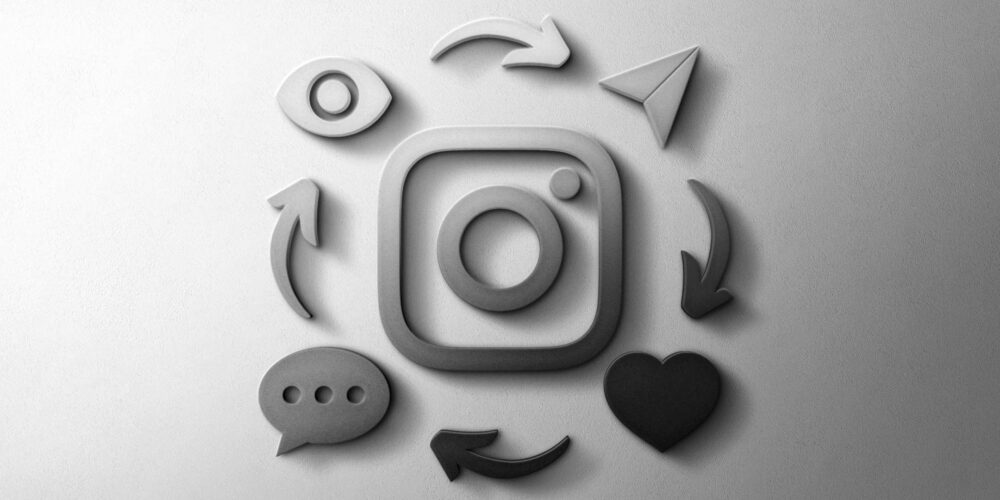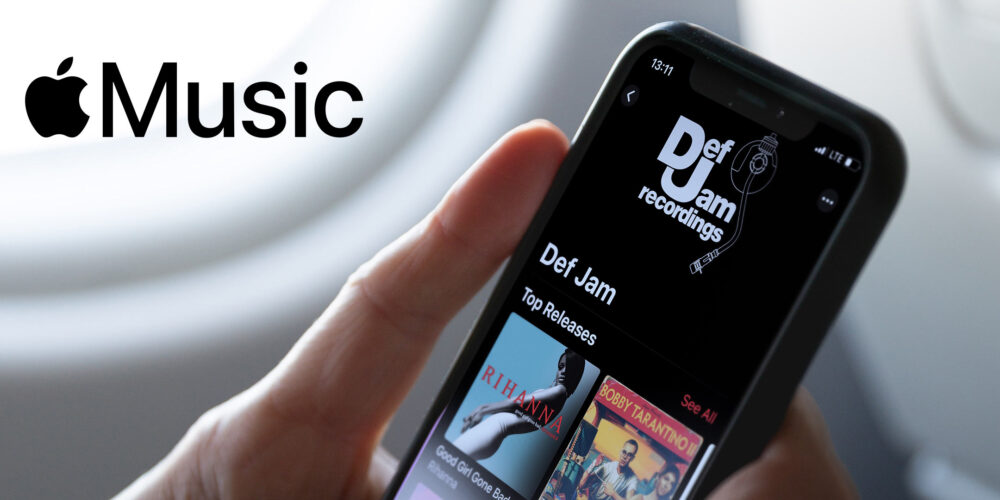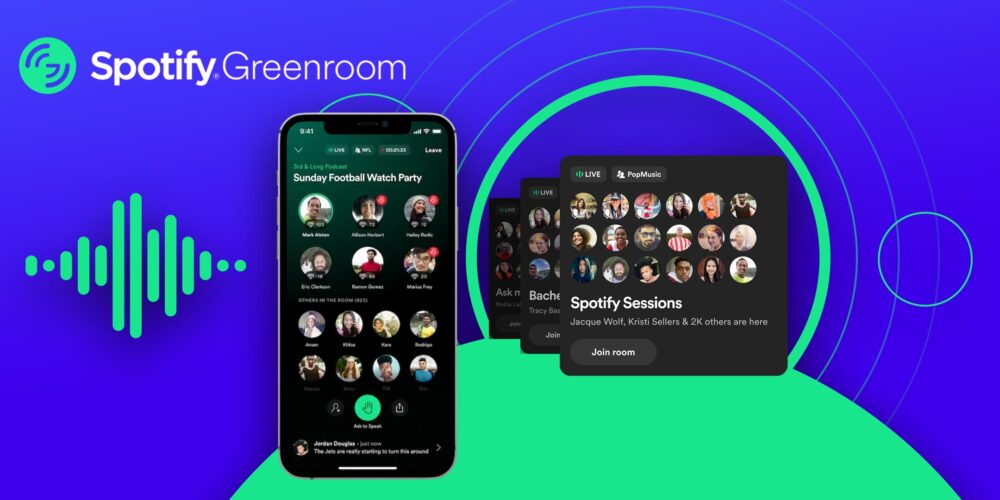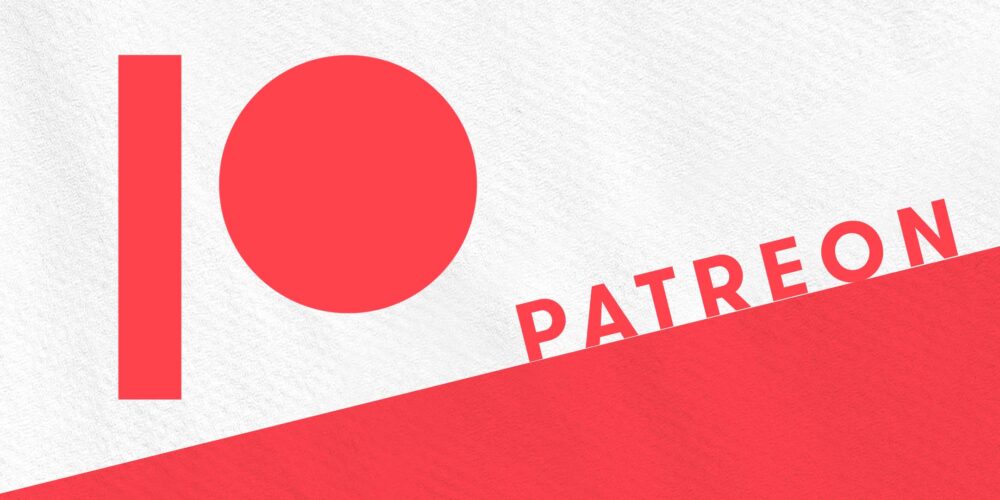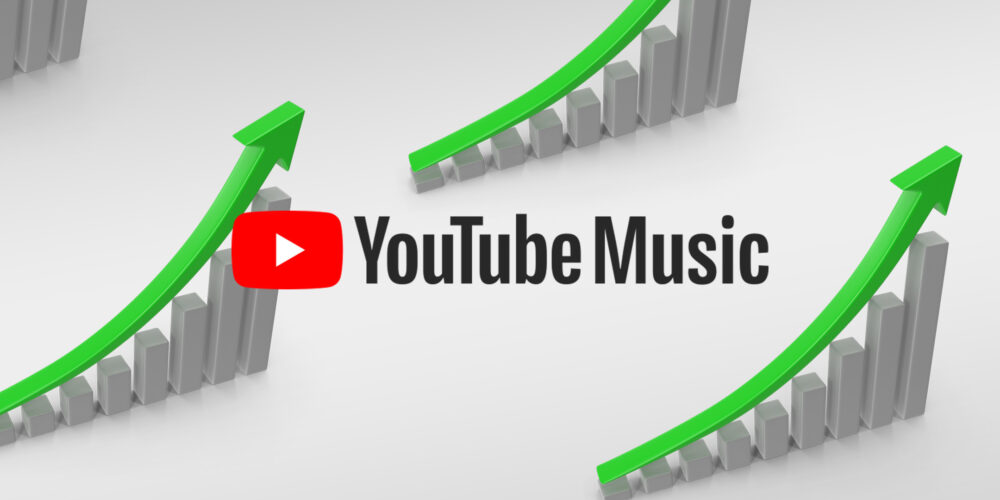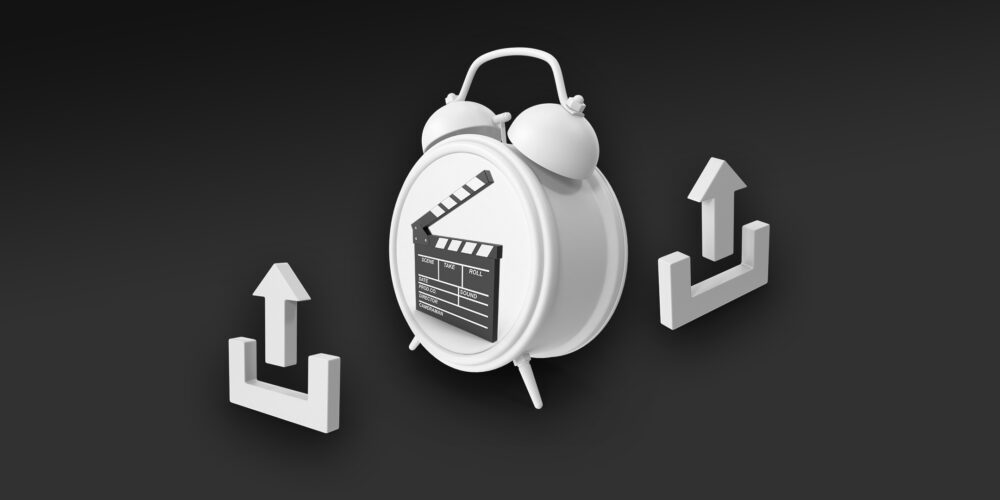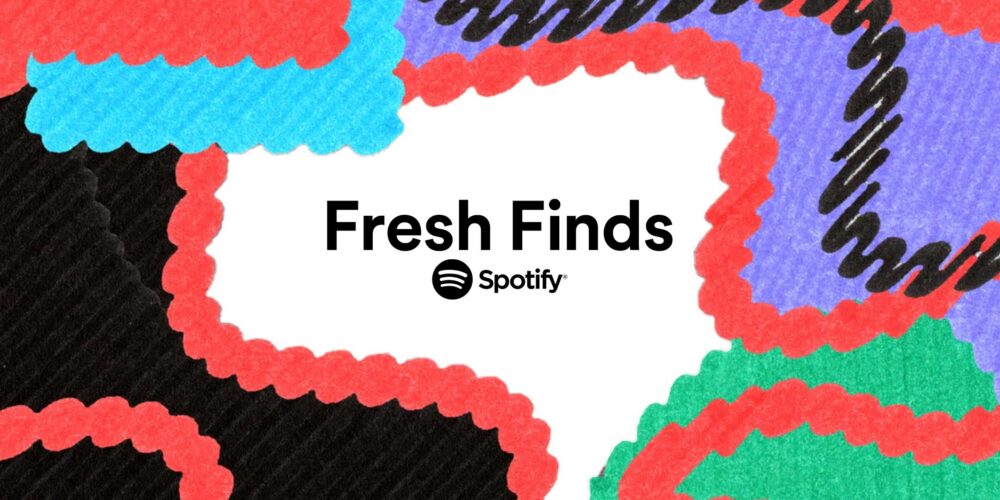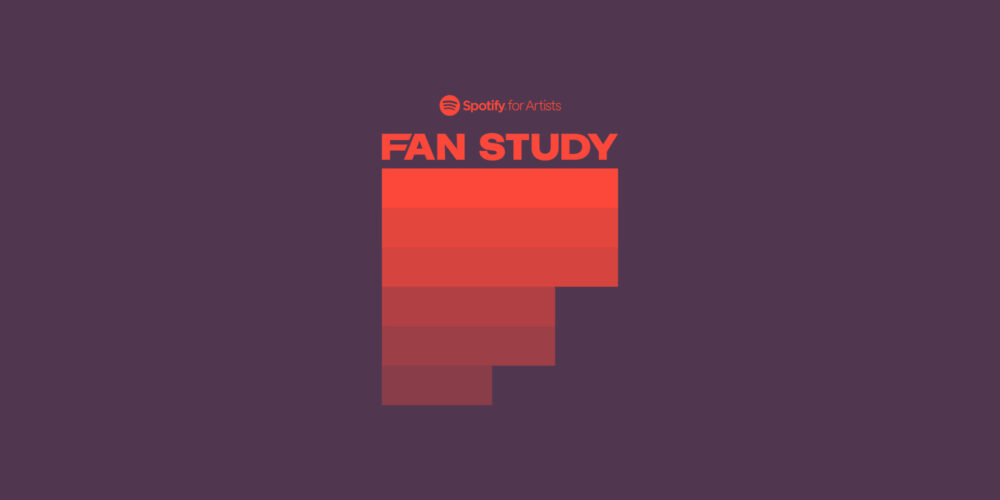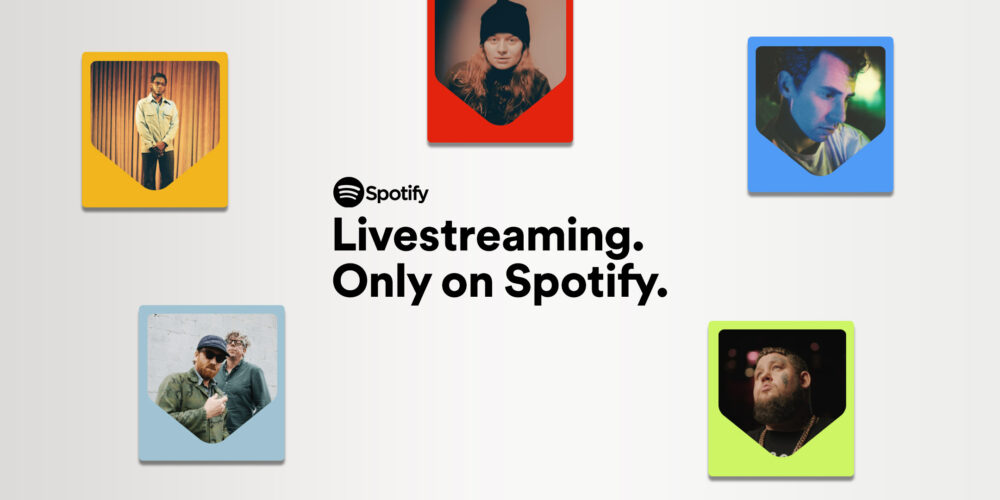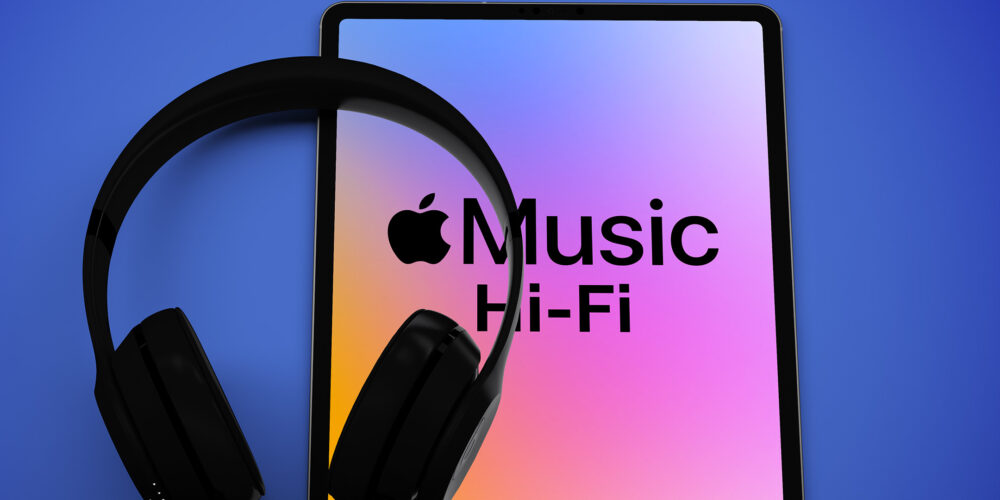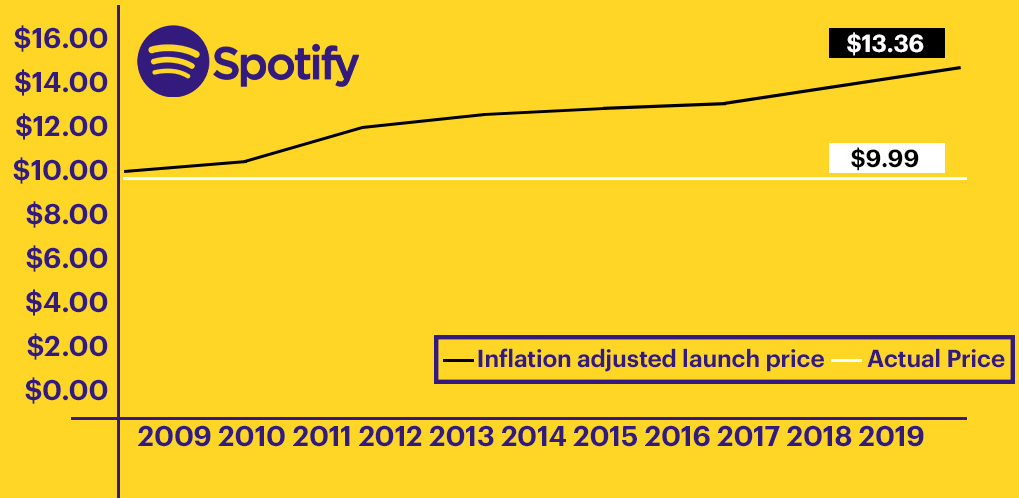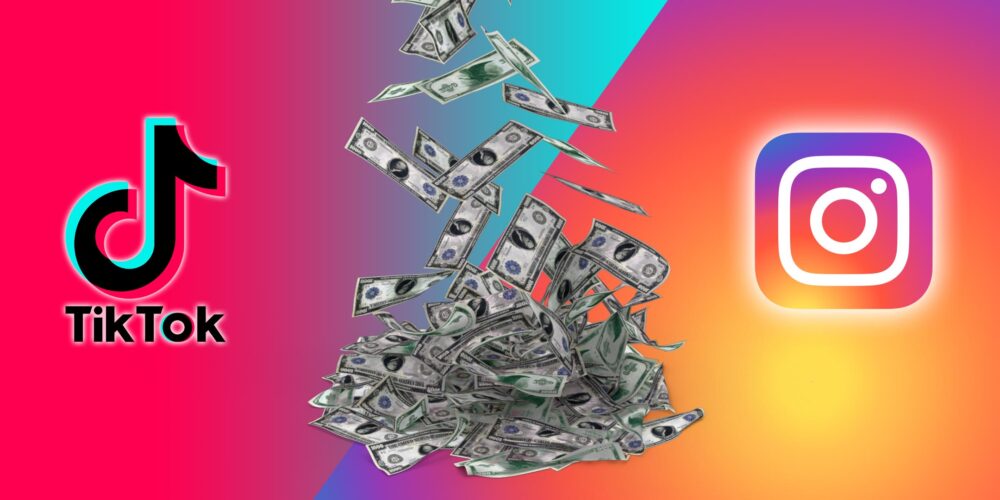How much do I get per stream on Spotify? – 2021 edition
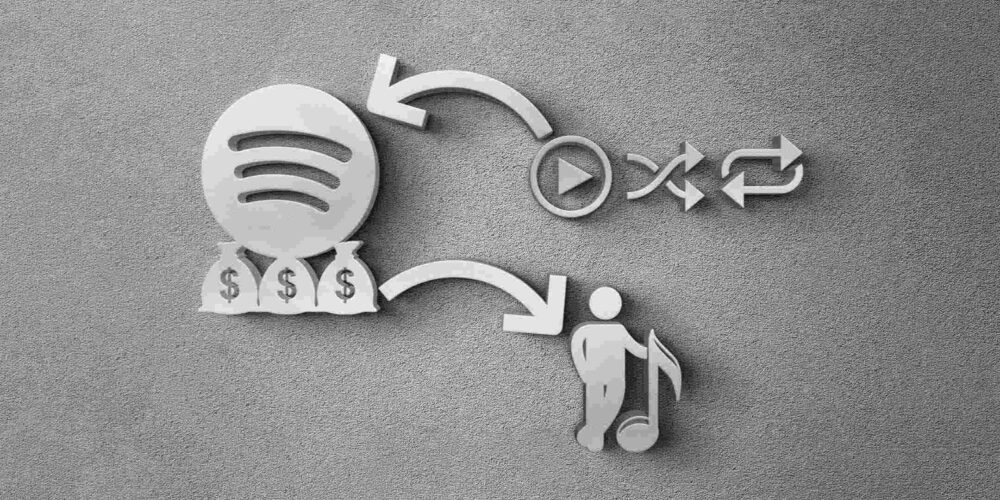
- How much Spotify pays per stream. Broken down to 94 countries
- How much you get for a million streams from the US or UK
- Why South Korea is clearly the frontrunner
It has been almost a year since we last examined how much Spotify pays per stream and thus showed how extremely dependent these numbers are on the country from which each stream originates.
Since the numbers are constantly changing and there have been more and more new countries being added, we have once again analyzed mountains of data to deliver you the 2021 update on Spotify’s Pay Per Stream (PPS).
The goal of the assessment is firstly to help understand Spotify’s payout system. However, additionally, it can also give some indication on which countries might be well worth an additional marketing campaign launch. Obviously, in these deliberations, you should always consider the population figure as well, and not just whether the PPS is particularly high or low.
PPS increased in majority
The good news is that the PPS in many countries has increased since our last assessment. The bad news is that it has mostly decreased in countries where it was already low before. This primarily affects countries in Asia, Africa, and Latin America. But in most European and North American countries, the PPS is higher now than it was during our last analysis.
The average across all countries has slightly decreased, but this is mainly due to the fact that Spotify is now available in various new states, most of which have low subscription fees (as well as low ad revenues), and thus also a low PPS. If we assume that you had an equal number of streams in each of the analyzed countries, then you would receive 2,354.56 USD for one million streams. In our last assessment, this average figure was at 2,389.58
In addition, we did not include some countries in which Spotify is also available because we did not have enough data. In total, we analyzed the data from 94 countries, with the addition of various Eastern European countries.
South Korea and UK are the frontrunners
The clear frontrunner is South Korea with a PPS three times as high as that of the UK sitting second place. The reason for this is that there is no free option for Spotify in Korea, only premium subscriptions. Thus, it becomes clear what immense influence the free tier has on the PPS and also why Apple Music, for instance, pays so much more per stream than Spotify does. Other than the UK, the top ranks are exclusively made up of European countries, primarily from Northern Europe, as well as Switzerland, Ireland, and the microstates Monaco and Liechtenstein.
The losers
The country that suffers the most losses is Turkey, where the PPS has sunk by a whopping 30% since our last assessment. Now, Turkey is sitting on last place when compared to all the countries we examined. Other low ranks include various Eastern European countries, North African states, and Argentina.
The English-speaking countries in comparison
How big the deviations are from country to country becomes apparent if you look at the comparison between the English-speaking countries alone:
| UK | 5,821.53 |
| Ireland | 5,369.90 |
| New Zealand | 4,820.44 |
| Australia | 4,227.90 |
| USA | 3,974.47 |
| Canada | 2,998.74 |
So, in the UK you would receive almost twice as much per stream than you would in Canada, for example, or 46% more than you would in the US.
The PPS of 94 countries in comparison
Here you can find the complete list with the 94 evaluated countries. For each country you can see the Pay Per Stream (PPS) as well as the extrapolation of how much you get for one million streams from the respective country. In addition, you can see how high the number for one million streams was in our last evaluation and how high the percentual change is.
All figures in USD / Status June 2021| Country | PPS | Per Million Streams | Analysis 2020 | Change in % |
|---|---|---|---|---|
| South Korea | 0.017860388129 | 17,860.39 | ||
| United Kingdom | 0.005821533044 | 5,821.53 | 4,968.85 | 17.16 |
| Denmark | 0.005491257400 | 5,491.26 | 5,218.46 | 5.23 |
| Iceland | 0.005461347731 | 5,461.35 | 6,253.90 | -12.67 |
| Norway | 0.005459799009 | 5,459.80 | 5,542.20 | -1.49 |
| Monaco | 0.005436284487 | 5,436.28 | 5,275.02 | 3.06 |
| Finland | 0.005414593856 | 5,414.59 | 4,496.11 | 20.43 |
| Switzerland | 0.005377062379 | 5,377.06 | 4,790.29 | 12.25 |
| Ireland | 0.005369902648 | 5,369.90 | 4,624.83 | 16.11 |
| Liechtenstein | 0.005004598020 | 5,004.60 | 4,777.97 | 4.74 |
| Sweden | 0.004955353245 | 4,955.35 | 4,456.09 | 11.20 |
| New Zealand | 0.004820436638 | 4,820.44 | 5,035.01 | -4.26 |
| Luxembourg | 0.004629689127 | 4,629.69 | 4,207.28 | 10.04 |
| Andorra | 0.004431164402 | 4,431.16 | 3,636.18 | 21.86 |
| Netherlands | 0.004357449181 | 4,357.45 | 3,668.65 | 18.78 |
| Australia | 0.004227897318 | 4,227.90 | 4,010.35 | 5.42 |
| Austria | 0.004114991704 | 4,114.99 | 4,468.43 | -7.91 |
| USA | 0.003974468826 | 3,974.47 | 3,567.14 | 11.42 |
| Germany | 0.003816468441 | 3,816.47 | 3,406.07 | 12.05 |
| Japan | 0.003740728419 | 3,740.73 | 3,589.90 | 4.20 |
| France | 0.003516620515 | 3,516.62 | 3,201.50 | 9.84 |
| Belgium | 0.003486423111 | 3,486.42 | 3,281.97 | 6.23 |
| Cyprus | 0.003304557583 | 3,304.56 | 3,075.31 | 7.45 |
| Israel | 0.003297388815 | 3,297.39 | 3,320.64 | -0.70 |
| Hong Kong | 0.003247280073 | 3,247.28 | 2,774.91 | 17.02 |
| Estonia | 0.003038776986 | 3,038.78 | 2,719.23 | 11.75 |
| Canada | 0.002998742730 | 2,998.74 | 2,770.09 | 8.25 |
| Malta | 0.002836121824 | 2,836.12 | 2,794.45 | 1.49 |
| Singapore | 0.002509762105 | 2,509.76 | 2,950.14 | -14.93 |
| United Arab Emirates | 0.002420192868 | 2,420.19 | 2,556.12 | -5.32 |
| Spain | 0.002396313677 | 2,396.31 | 2,378.30 | 0.76 |
| Czech Republic | 0.002331507764 | 2,331.51 | 2,130.77 | 9.42 |
| Italy | 0.002272502868 | 2,272.50 | 2,016.41 | 12.70 |
| Lithuania | 0.002173603962 | 2,173.60 | 2,093.44 | 3.83 |
| Greece | 0.002052015233 | 2,052.02 | 1,790.01 | 14.64 |
| Hungary | 0.002003150929 | 2,003.15 | 1,926.22 | 3.99 |
| Romania | 0.001986701104 | 1,986.70 | 1,532.68 | 29.62 |
| Slovakia | 0.001976395811 | 1,976.40 | 1,951.08 | 1.30 |
| Uruguay | 0.001893749765 | 1,893.75 | 2,517.41 | -24.77 |
| Portugal | 0.001881234998 | 1,881.23 | 1,644.62 | 14.39 |
| Latvia | 0.001846177924 | 1,846.18 | 1,793.73 | 2.92 |
| Qatar | 0.001800287130 | 1,800.29 | 1,470.48 | 22.43 |
| Oman | 0.001758742405 | 1,758.74 | 1,878.31 | -6.37 |
| Lebanon | 0.001742737908 | 1,742.74 | 2,054.46 | -15.17 |
| Bahrain | 0.001707071098 | 1,707.07 | 1,788.01 | -4.53 |
| Costa Rica | 0.001702511421 | 1,702.51 | 1,998.53 | -14.81 |
| South Africa | 0.001702138373 | 1,702.14 | 1,586.98 | 7.26 |
| Dominican Republic | 0.001635267720 | 1,635.27 | 1,911.83 | -14.47 |
| Panama | 0.001625479624 | 1,625.48 | 2,938.55 | -44.68 |
| Bulgaria | 0.001611744228 | 1,611.74 | 1,617.98 | -0.39 |
| Poland | 0.001521362816 | 1,521.36 | 1,421.32 | 7.04 |
| Kuwait | 0.001510397963 | 1,510.40 | 1,464.56 | 3.13 |
| Saudi Arabia | 0.001507440497 | 1,507.44 | 1,040.85 | 44.83 |
| Taiwan | 0.001472435882 | 1,472.44 | 1,533.33 | -3.97 |
| Ecuador | 0.001433256888 | 1,433.26 | 1,658.31 | -13.57 |
| Croatia | 0.001431802337 | 1,431.80 | ||
| Slovenia | 0.001265914809 | 1,265.91 | ||
| India | 0.001254878691 | 1,254.88 | 1,424.51 | -11.91 |
| Mexico | 0.001235808240 | 1,235.81 | 1,457.69 | -15.22 |
| Malaysia | 0.001232390382 | 1,232.39 | 1,570.98 | -21.55 |
| Nicaragua | 0.001204234070 | 1,204.23 | 1,239.84 | -2.87 |
| Vietnam | 0.001177858688 | 1,177.86 | 1,651.53 | -28.68 |
| Thailand | 0.001158879422 | 1,158.88 | 1,175.36 | -1.40 |
| Brazil | 0.001150219227 | 1,150.22 | 1,309.48 | -12.16 |
| Peru | 0.001120537461 | 1,120.54 | 1,478.11 | -24.19 |
| Chile | 0.001113737485 | 1,113.74 | 1,276.45 | -12.75 |
| Honduras | 0.001110135573 | 1,110.14 | 1,740.34 | -36.21 |
| El Salvador | 0.001085584603 | 1,085.58 | 1,485.72 | -26.93 |
| Guatemala | 0.001047797085 | 1,047.80 | 1,184.13 | -11.51 |
| Serbia and Montenegro | 0.000973640242 | 973.64 | ||
| Moldova | 0.000962343080 | 962.34 | ||
| Colombia | 0.000943889656 | 943.89 | 1,061.79 | -11.10 |
| Egypt | 0.000928249723 | 928.25 | 980.39 | -5.32 |
| Palestine | 0.000874395435 | 874.40 | 988.56 | -11.55 |
| Ukraine | 0.000838780258 | 838.78 | ||
| Jordan | 0.000837291178 | 837.29 | 1005.29 | -16.71 |
| Bolivia | 0.000831138432 | 831.14 | 1,005.87 | -17.37 |
| Philippines | 0.000802704758 | 802.70 | 823.36 | -2.51 |
| Montenegro | 0.000795939228 | 795.94 | ||
| Morocco | 0.000759186316 | 759.19 | 809.50 | -6.22 |
| Paraguay | 0.000743657959 | 743.66 | 1,556.01 | -52.21 |
| Indonesia | 0.000728434289 | 728.43 | 974.90 | -25.28 |
| Macedonia | 0.000705997809 | 706.00 | ||
| Argentina | 0.000702836241 | 702.84 | 859.80 | -18.26 |
| Belarus | 0.000668329386 | 668.33 | ||
| Tunisia | 0.000662118175 | 662.12 | 710.60 | -6.82 |
| Algeria | 0.000661773102 | 661.77 | 712.67 | -7.14 |
| Russia | 0.000642055867 | 642.06 | ||
| Bosnia and Herzegovina | 0.000639883319 | 639.88 | ||
| Azerbaijan | 0.000621906031 | 621.91 | ||
| Mongolia | 0.000621691097 | 621.69 | ||
| Kazakhstan | 0.000621291077 | 621.29 | ||
| Albania | 0.000611085058 | 611.09 | ||
| Turkey | 0.000594278777 | 594.28 | 851.40 | -30.20 |
